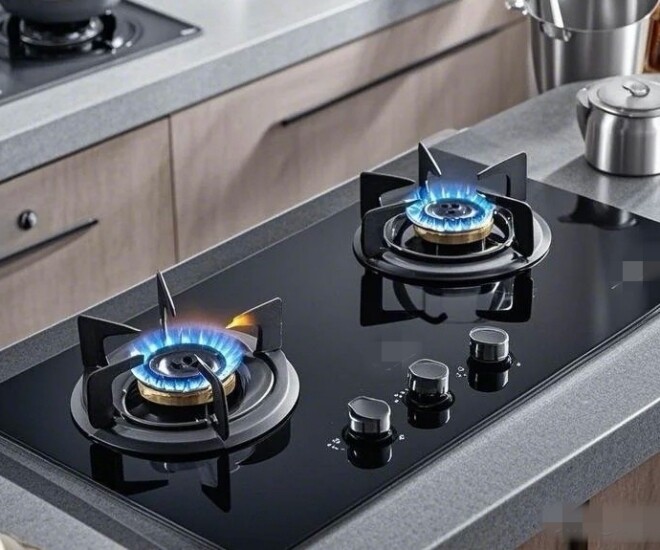What are the 4 types of gas stoves that have been put on the “blacklist”?
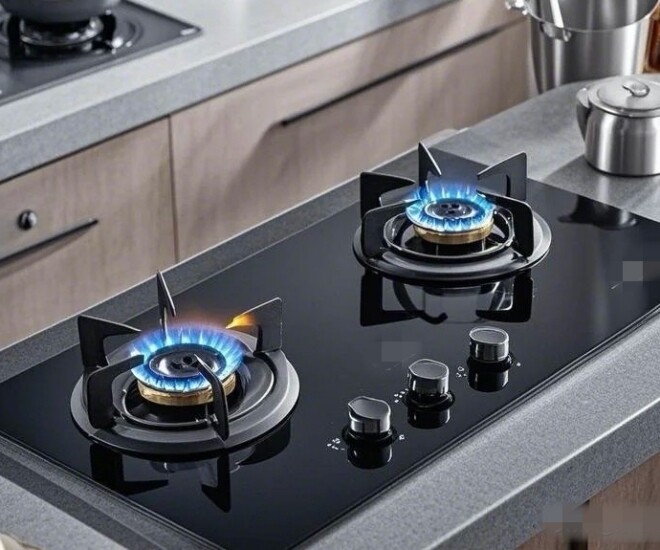
1. Unbranded gas stoves
Some gas stoves are extremely affordable, costing only a few hundred thousand. However, upon closer inspection, you will notice the absence of a brand name, making them “three-no” products (no label, no place of manufacture, no quality standards) or unbranded stoves.
All of these gas stoves have been placed on the “blacklist” and should not be used due to the serious safety risks they pose.
The biggest concern is gas leakage. Some unbranded stoves lack strict quality control and may not have a gas shut-off feature when the flame goes out. Substandard gas tubes and loose connections can all lead to gas leaks.
Secondly, the glass top may shatter. Many cheap stoves use faux tempered glass, which can easily crack or break when exposed to high temperatures, creating a dangerous situation.
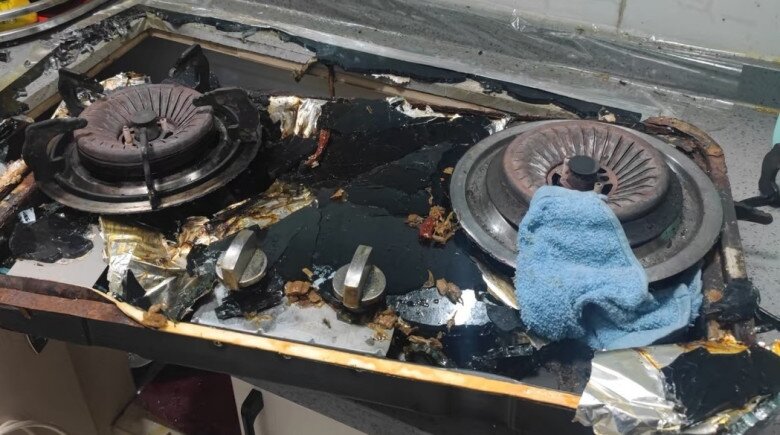
Thirdly, these stoves are inefficient. Aside from being hazardous, they perform poorly, with flames that fluctuate in intensity, making cooking a frustrating and challenging task.
If you own one of these stoves, it is best to dispose of it immediately and opt for a safer alternative.
2. Gas stoves without a gas shut-off feature
It is imperative to check if your stove has a gas shut-off mechanism. If it does not, it belongs on the “blacklist,” and you should replace it immediately.
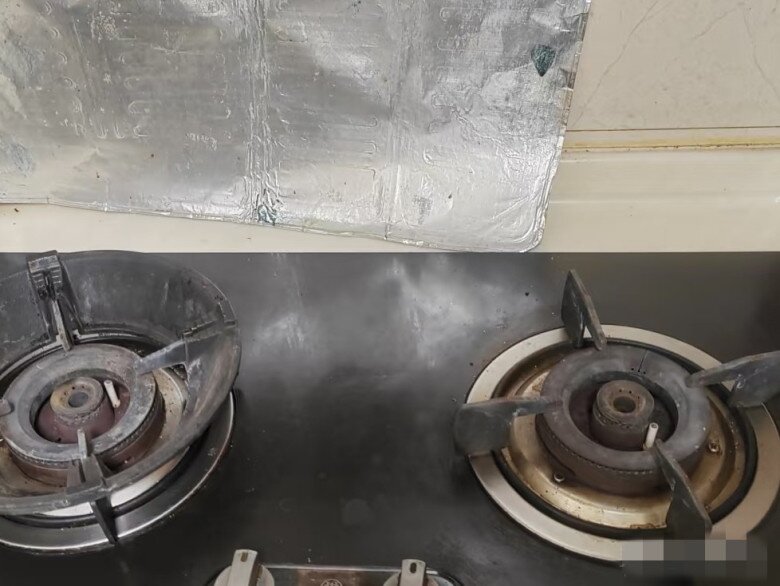
Older models of gas stoves often lack this feature and have been phased out of the market due to safety concerns.
The gas shut-off feature, typically a heat-sensing pin, detects the absence of heat and sends a signal to close the electromagnetic valve, preventing gas leaks and potential explosions.
Identification: Gas stoves usually have two pins, a white ignition pin and a metallic heat-sensing pin. If your stove only has one pin, it is unsafe to use.
Without a gas shut-off mechanism, a sudden flame-out during cooking can lead to continuous gas leakage, resulting in severe consequences.
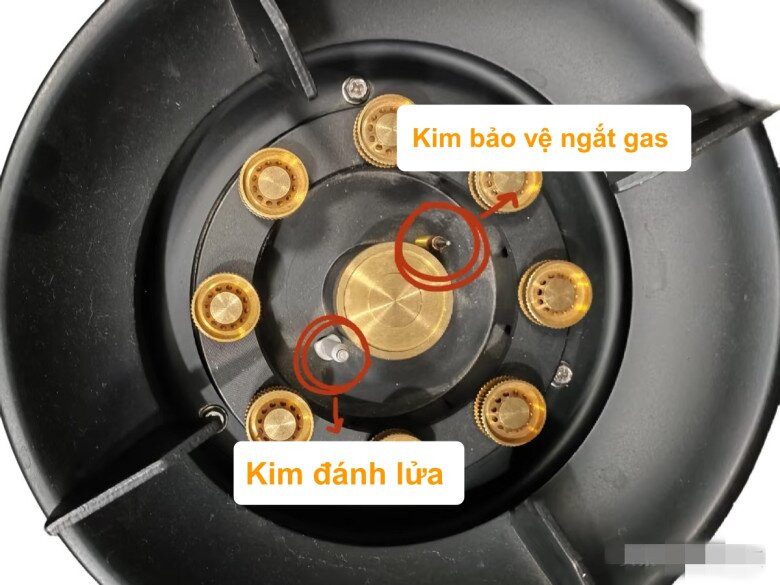
3. Gas stoves with incorrect heat efficiency ratings
When purchasing a gas stove, safety and heat efficiency are crucial factors to consider.
Stoves with incorrect heat efficiency ratings not only waste gas but also impact the quality of your cooking. Currently, heat efficiency ratings for gas stoves are categorized into three grades: Grade 1: ≥ 63%; Grade 2: 58% – 62%; Grade 3: ≥ 53%.
Grade 1 stoves are the best and most expensive. Grade 2 stoves are the most common in the market. Grade 3 stoves often fail to meet standards and are rarely sold.
If your stove does not fall within these grades, it may have incorrect specifications, and replacement is recommended.
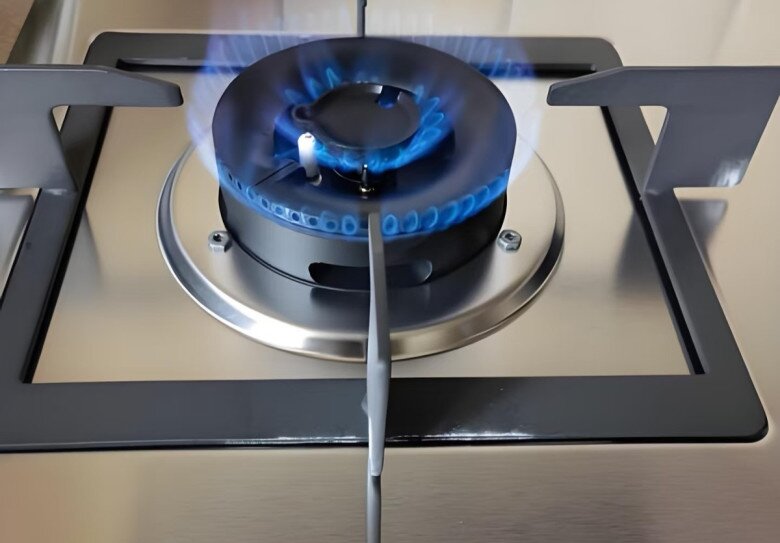
4. Gas stoves with substandard gas tubes
Pay close attention to the gas tube connecting the stove to the gas source. If it does not meet the required standards, it belongs on the “blacklist” and should be replaced immediately.
Substandard gas tubes can lead to gas leaks over time, resulting in gas poisoning or even explosions, which can have devastating consequences.
A standard gas tube is made of stainless steel with a wavy pattern and comes with a user manual and a QR code for origin tracing. The tube should clearly display the following information: brand name, product code, technical standards, tube type (regular or super flexible), stainless steel material code (such as S30408), manufacturer’s name, production batch code (including the date), and a minimum warranty period of eight years.
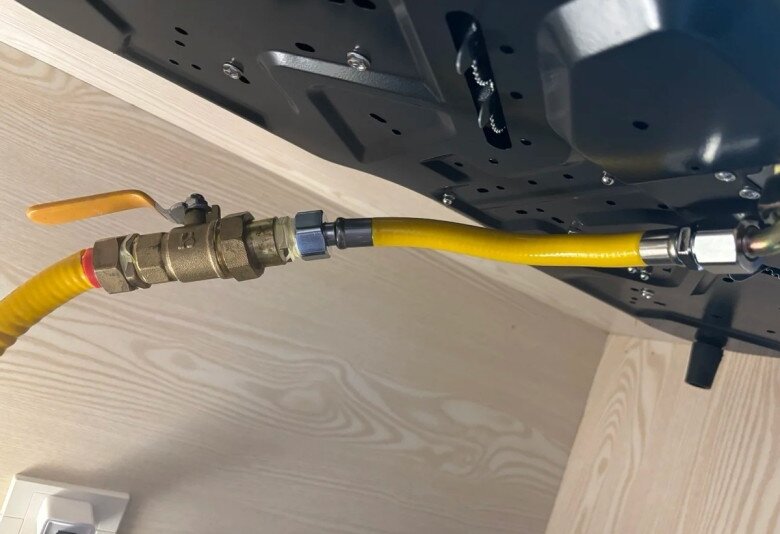
The connectors should also be labeled with the brand name, material (such as S30408 or HPb59-1), and connection size (such as G1/2). Avoid using traditional rubber tubes or products without any identifying marks.


























